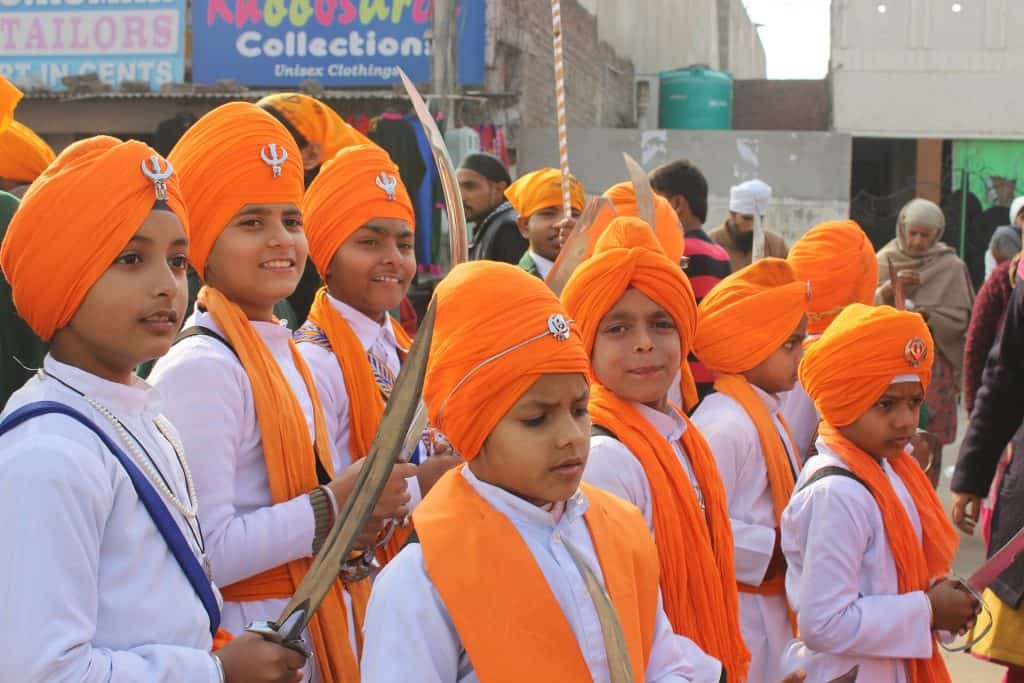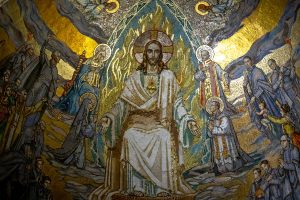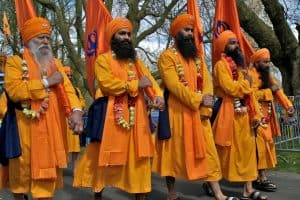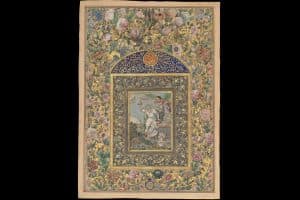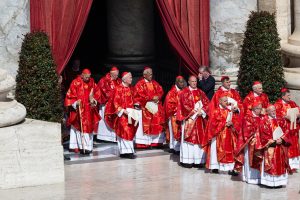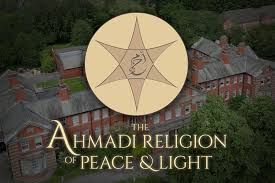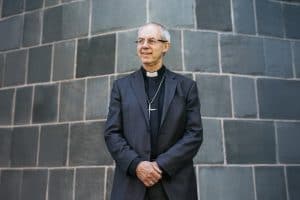By Jasjit Singh
The Sikh tradition was founded in the 15th century by Guru Nanak, a Punjabi spiritual leader, and now claims about 25 million adherents, making it the fifth-largest religion in the world
Key facts
Sikhs tend to use the term Sikhi to describe their tradition as opposed to Sikhism. There are more than 25 million Sikhs around the world, making Sikhi the fifth-largest religion in the world. It is a monotheistic religion that teaches the importance of faith in the one creator, the equality of humanity, selfless service of others, personal integrity and purity, and standing against injustice. According to the 2011 census, the Sikh population in Britain numbers 423,158 and is relatively young.How did the Sikh tradition begin?
Sikhi was founded in 1469 by Guru Nanak, who was born a Hindu in the Punjab region, which today spans some of modern-day Pakistan and northwest India. Guru Nanak challenged inequality and injustice throughout his life, speaking out against gender inequality and the caste system. Living in a community that included both Hindus and Muslims, Guru Nanak decreed that neither faith was correct and began teaching a different way and gradually built up a group of followers. When he died he passed on the mantle of guru to one of his followers, setting up an eventual chain of eight further human gurus. As the movement grew, with converts from Hinduism and Islam, it began establishing customs and structures but also came into conflict with the Islamic Mughal emperors who ruled the region at the time. Several gurus were executed by the authorities for refusing to convert to Islam, which prompted the creation, by Hargobind, the the sixth Guru, of the military tradition within Sikhism and transformation of the faith into a political force as well as a religious movement. The 10th guru, Gobind Singh, was instrumental in shaping the faith as it persists to this day. In 1699 he founded the Khalsa, a new community of warrior Sikhs committed to protecting the innocent against religious persecution. He also introduced the 5 Ks — core articles of faith worn by Sikhs at all times. Finally, he codified and finalised the Sikh holy scriptures, the Guru Granth Sahib, and named the book as his successor as guru.What do Sikhs believe?
Sikhi is a broadly monotheistic faith which believes in one, timeless and invisible God, who does not take the form of a man, woman or object. All humans are equal before God and have direct access to him. It also teaches reincarnation, the cycle of souls being born, dying and then reborn again in new bodies. Much like Hinduism and Buddhism, in Sikhi the goal is to be freed from this cycle of reincarnation and instead achieve liberation into oneness with God, known as mukti. However, unlike in many Hindu traditions, Sikhs believe only God can liberate a soul from the cycle in an act of unmerited grace and it cannot be earned by good deeds on earth or the correct religious practices. Although there is significant overlap in practices, beliefs and even texts with Hinduism, Sikhs reject many of that faith’s associated rituals as meaningless superstitions and instead believe moral living and contemplation and meditation on God is more important.How do Sikhs practise their faith?
Sikhs revere the Guru Granth Sahib (which is in the form of a book) as a “living Guru”, receiving daily guidance by open the Guru at random and treating the first composition read, as the “guidance for the day”. Unlike many holy books, the Guru Granth Sahib does not contain a history of the lives of the Gurus, rather it is a collection of poetic compositions about the human condition, including the writings of non-Sikhs. The most identifiable Sikh markers are the unshorn hair and the turban. Sikhs who desire to solidify their commitment to the Guru would also undergo an initiation ceremony after which they become “Amritdhari” Sikhs. Amritdhari Sikhs wear the 5 Ks to symbolise their commitment, these being:- Kesh — Unshorn hair symbolising the importance of living in harmony with nature
- Kangha — A comb to manage this hair and to symbolise the importance of controlling one’s thoughts
- Kara — An iron/steel bangle to act as a reminder to do good deeds
- Kaccha — Underwear to maintain modesty in all situations
- Kirpan — A sword acting as a reminder to fight injustice

